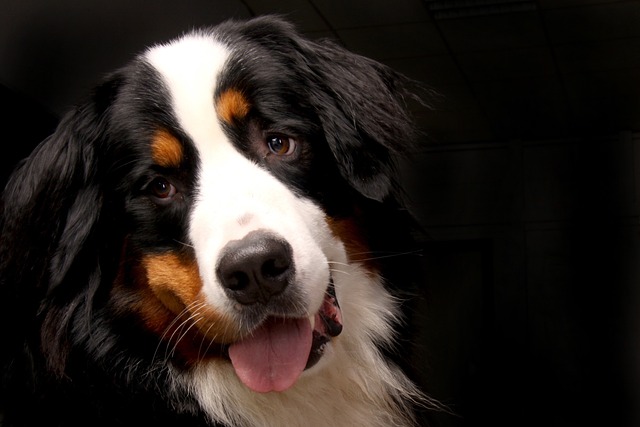
How do i train my dog to be obedient?
Watching your dog dart across the park ignoring your calls isn’t just frustrating—it can put them at risk near busy streets or public spaces.
Training an older dog to lay down takes patience, but it’s absolutely doable—even if they’ve never learned the trick before. Start by finding a quiet spot in your home where distractions are low. Maybe after their morning walk when they’re a little tired but still alert. Have their favorite treats handy—small, soft ones work best so they can swallow quickly and focus on you.
Stand in front of your dog and wait for them to sit. If they don’t know “sit” yet, spend a few sessions on that first; it builds a foundation. Once they’re sitting, hold a treat near their nose, then slowly lower it to the floor between their paws. Most dogs will follow the treat with their nose, naturally bending their elbows to lay down. The second their belly touches the ground, say “good lay down” and give the treat.
If your dog resists—maybe they stand up or back away—don’t rush. Try again, but this time, keep the treat closer to their chest as you lower it. Some older dogs have joint stiffness, so go slow to avoid discomfort. If they still won’t lay down, gently guide their front legs forward with one hand while keeping the treat in the other. Never force them—stop if they show signs of stress.
 Practice this for 2-3 minutes, 3-4 times a day. Consistency matters more than long sessions. After a few days, start saying “lay down” just before you move the treat. Over time, they’ll associate the phrase with the action. Once they’re responding reliably at home, try it in other rooms or outside—distractions will make them focus harder on your command.
Practice this for 2-3 minutes, 3-4 times a day. Consistency matters more than long sessions. After a few days, start saying “lay down” just before you move the treat. Over time, they’ll associate the phrase with the action. Once they’re responding reliably at home, try it in other rooms or outside—distractions will make them focus harder on your command.
Remember, in many places, including parts of Europe and North America, having a well-trained dog is about more than convenience—it’s part of being a responsible owner. Local laws often require dogs to respond to basic commands in public spaces to ensure safety for everyone. Training also strengthens your bond, giving your older dog mental stimulation that keeps their mind sharp.
Older dogs thrive on routine, so stick to a schedule they recognize. Celebrate small wins with extra pets or their favorite toy—positive reinforcement works better than scolding, especially with mature dogs who may have set habits. With time, “lay down” will become as natural as their morning stretch, a simple skill that makes daily life easier for both of you.

Watching your dog dart across the park ignoring your calls isn’t just frustrating—it can put them at risk near busy streets or public spaces.

New puppy owners often find themselves rushing to clean up accidents before they set in, and that’s where puppy pad training becomes a game-changer.

If you've noticed your dog's waistline disappearing and your veterinarian has mentioned those few extra pounds, your first instinct might be to simply reduce the amount of food in their bowl.

Training a dog to use a designated spot indoors isn’t as daunting as many new owners fear, but it does take consistency and an understanding of your pet’s needs.

That moment of dread on a walk is all too familiar for many new dog owners. You see another dog approaching down the sidewalk of your neighborhood

If the sight of another dog on your neighborhood walk makes your heart sink as your own dog erupts into a frenzy of barking and lunging, you're not alone.